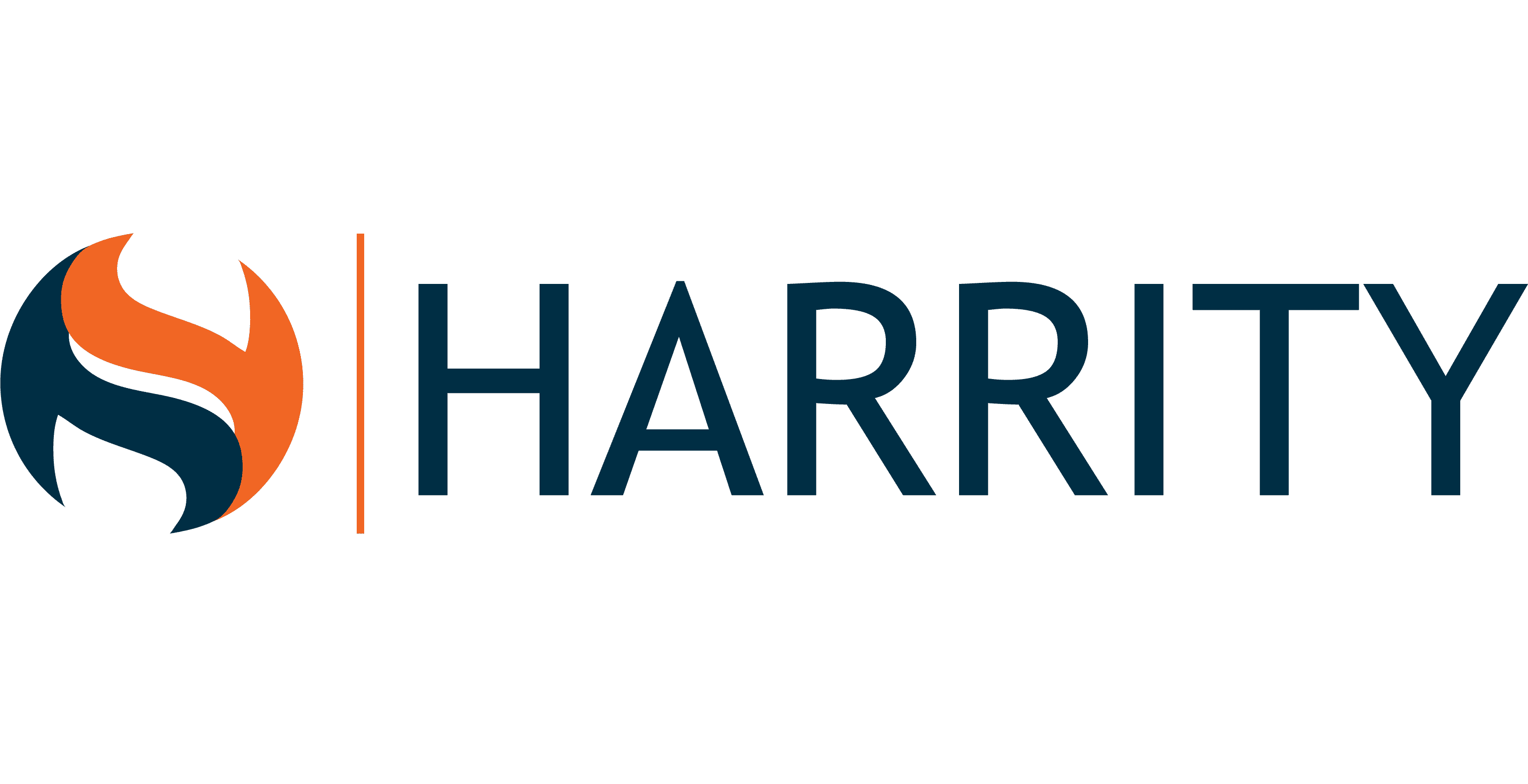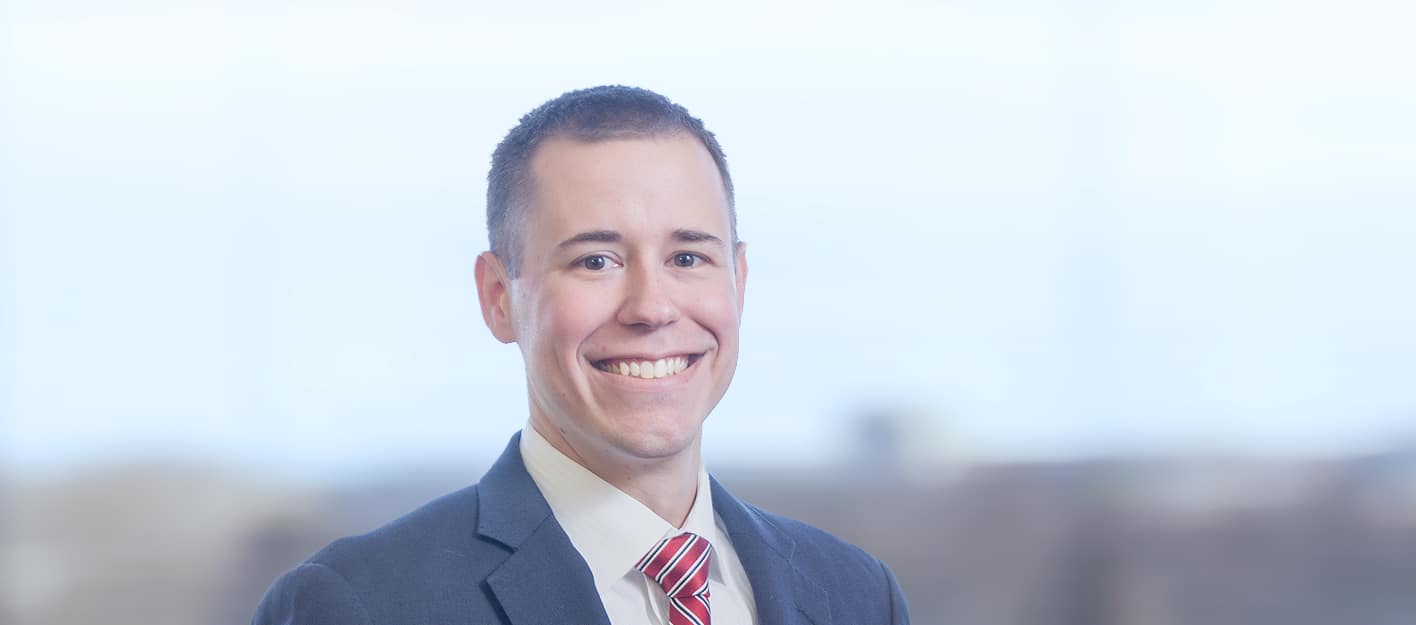Summary of USPTO Revised Guidance on Subject Matter Eligibility
By Tim Hirzel
The PTO released their highly anticipated revised guidance on subject matter eligibility that take effect on January 7, 2019. A summary of the guidance is provided below. A more in-depth discussion can be found on our website HERE.
Summary of Revised Guidance
The revised guidance maintains the two step Alice/Mayo Test but revises the procedure for determining whether a claim is directed to a judicial exception (e.g., an abstract idea) under Step 2A by instituting a two-prong analysis.
- First prong of Step 2A – Examiners evaluate whether a claim recites an abstract idea. Instead of a case law specific approach as previously performed, the PTO newly identified three groups of abstract ideas: mathematical concepts, certain methods of organizing human activity, and mental processes. If any recited claim limitations fall within the three groups of abstract ideas, the analysis proceeds to the second prong of Step 2A.
- Second prong of Step 2A – Examiners evaluate whether the claim as a whole integrates the abstract idea into a practical application. A practical application will apply, rely on, or use the judicial exception in a manner that imposes a meaningful limit on the judicial exception. The PTO gives examples based on case law that indicate practical applications, such as: improving the functioning of a computer or a technical field, effecting a treatment for a medical condition, using the judicial exception with a particular machine, or transforming or reducing a particular article to a different state or thing. If the claim does not integrate the abstract idea into a practical application, then the claim is directed to an abstract idea under Step 2A and the analysis proceeds to Step 2B.
Step 2B has not changed under the revised guidance and is still performed pursuant to the Berkheimer memo.
Our Impressions
- Under the prior guidance, Examiners would often dismiss any Step 2A arguments because their guidelines simply said a claim was directed to an abstract idea if any part of the claim recited an abstract idea. The two-prong approach will make it much more difficult for Examiners to simply dismiss an Applicant’s Step 2A arguments.
- Applicants should now be able to avoid the necessity of debating case law with Examiners because the Examiners are not required to cite specific decisions in their rejections and only have to identify one of the three newly defined groups of abstract ideas. Instead, Applicants can now focus on the newly articulated “practical application” consideration in the second prong of Step 2A.
- While the examples of practical applications given in the revised guidelines are nothing new, the revised guidelines’ focus on the “practical application” consideration may make it easier to use these examples to effectively overcome the 101 rejections (without necessarily having to argue the case law behind the examples).
- The PTO broadly describing the case law as establishing a “practical application” consideration gives Applicants more leeway than relying on specific court decisions as done in the past. For example, it may be easier to convince an Examiner on a technical level that claims “apply, rely on, or use the judicial exception” in a meaningful manner than to convince the Examiner that claims are similar to subject matter previously held by the courts to be directed to statutory subject matter.
- Any noticeable change in examination will depend heavily on how Examiners are trained to implement the new guidance. Accordingly, it may be months before we fully realize how significant the changes will be to 101 rejections in practice.

